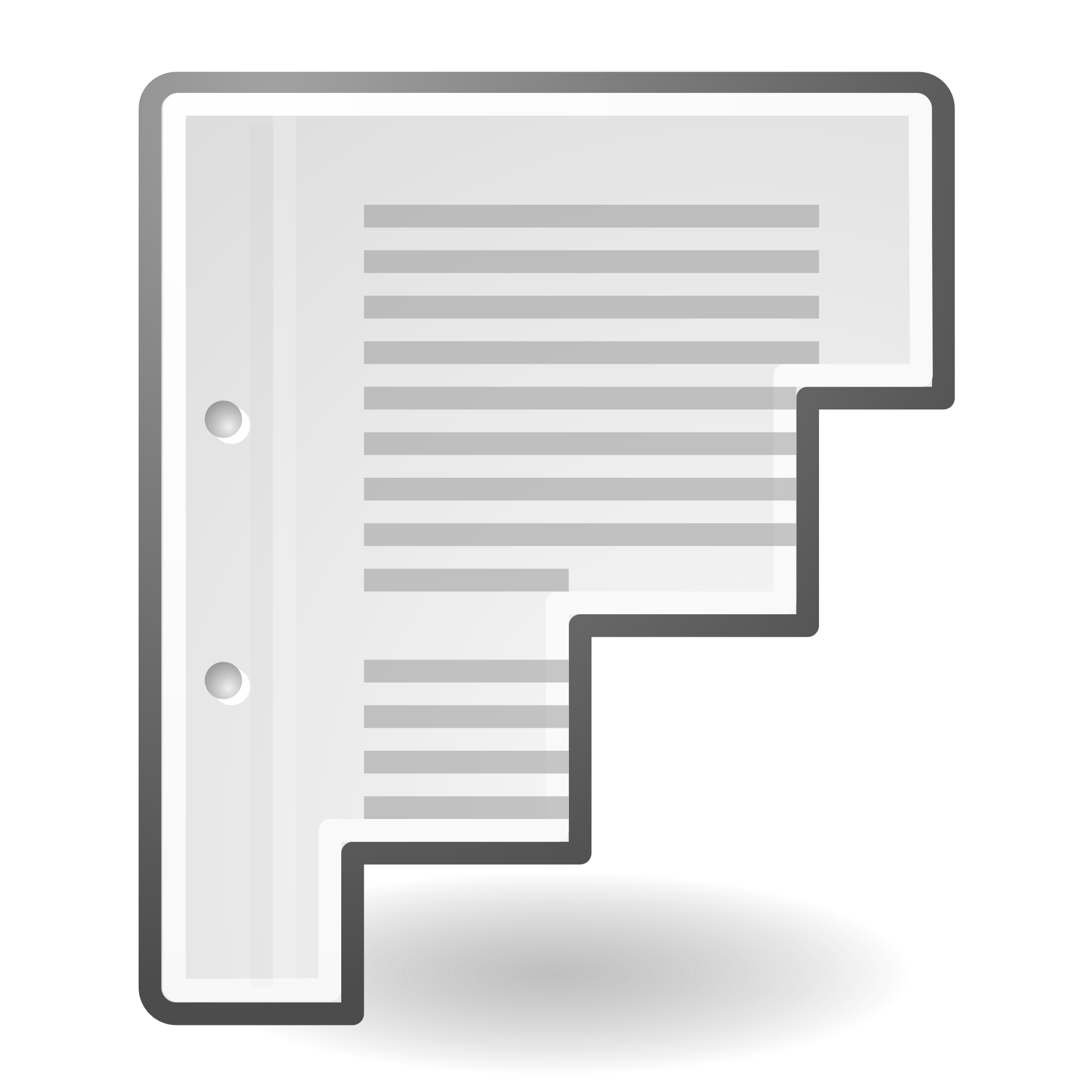MySQL/Setting up MySQL: Difference between revisions
< MySQL
Jump to navigation
Jump to search
>Cwatson05 No edit summary |
>Surej96 No edit summary |
||
| Line 52: | Line 52: | ||
##Use these same steps to set up the Outbound exception then name it MYSQL Outbound(or whatever you want) then you're finished. | ##Use these same steps to set up the Outbound exception then name it MYSQL Outbound(or whatever you want) then you're finished. | ||
#:You may or may not have to set up both in and outbound, someone with more knowledge please edit this if you know. | #:You may or may not have to set up both in and outbound, someone with more knowledge please edit this if you know. | ||
#In '''Windows XP''', you may need to make an exception in the "Windows Firewall" | |||
##Open Control Panel and Set to 'Classic View' | |||
##Double Click on Windows Firewall | |||
##Click on Exception-->Add Port | |||
##Name It MySQL XBMC or whatever you want | |||
##Then type in the port number you set mysql to use(Default is 3306) | |||
#:Note:You must do this twice:Once for UDP and once for TCP | |||
<headertabs /> | <headertabs /> | ||
Revision as of 15:30, 21 April 2012
HOW-TO:Sync multiple libraries/Contents
You'll need to choose which of your computers, XBMC devices, or NAS will be the MySQL server. The server needs to be on 24/7 or have wake-on-lan (preferably the former), and needs to have a local static IP. You will probably want the XBMC device that is hosting most or all of your videos and music to also be the MySQL server, but this is not required.
On a computer

|
INCOMPLETE: This page or section is incomplete. Please add information or correct uncertain data which is marked with a ? |
MySQL can be installed on just about every major OS:
- If your library loads slowly with MySQL then you may wish to check out these MySQL speed-up tweaks.
On a NAS
MySQL can also be installed on some network-attached storage (NAS) device devices. See one of the following guides for more info:
- Pogoplug for a MySQL db in XBMC
- Synology NAS as MySQL server for XBMC
- http://quixventure.com/2011/12/configure-a-synology-nas-as-mysql-server-for-xbmc/